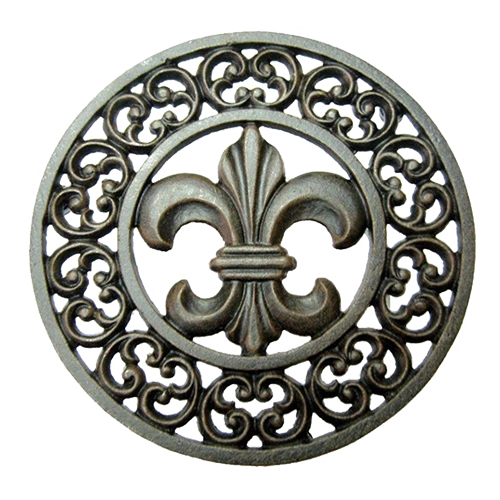Mobile:+86-311-808-126-83
Email:info@ydcastings.com
lost wax casting
Lost Wax Casting An Ancient Art Form Rediscovered
Lost wax casting, also known as cire perdue, is a centuries-old method of metal casting that has stood the test of time. This fascinating technique, which dates back to ancient civilizations, showcases the remarkable blend of artistry and craftsmanship. Although its origins trace back thousands of years, lost wax casting is still relevant today, captivating artists and artisans alike.
Historical Background
The history of lost wax casting is as rich and varied as the cultures that have adopted it. Evidence of its use can be found in artifacts from ancient Mesopotamia, Egypt, and the Indus Valley civilization, dating as far back as 4500 BC. The process was particularly favored for creating intricate bronze sculptures and decorative items. The ancient Greeks and Romans also embraced this technique, using it to produce both functional objects and works of art that reflected their cultural values and artistry.
In Asia, particularly in China and India, lost wax casting flourished with unique variations tailored to regional aesthetics and practices. The art form evolved, incorporating local materials, designs, and influences, resulting in a vast array of beautiful objects, including religious items and intricate jewelry.
How Lost Wax Casting Works
The charm of lost wax casting lies in its intricate process, which combines skills in sculpture, engineering, and metallurgy. The process begins with an artist creating a model of the desired object, usually using wax. This model must be highly detailed, as any imperfections will be replicated in the final metal piece.
lost wax casting

Once the wax model is complete, it is coated with a refractory material, often a mixture of fine sand and plaster. After this coating sets, the assembly is heated, causing the wax to melt and escape, leaving a hollow mold. This is where the name lost wax comes from, as the original wax model is lost in the process.
Next, molten metal—typically bronze, silver, or gold—is poured into the mold. The metal fills the cavity left by the wax, taking on the precise shape and texture of the original model. Once the metal cools and solidifies, the mold is broken away to reveal the final object. The piece is then cleaned, polished, and sometimes further refined with engraving or additional surface treatments.
Modern Applications
Today, lost wax casting is not only a technique for creating sculptures but is also widely used in various industries, including jewelry making and manufacturing precision parts. Advances in technology have refined the process, allowing for quicker production and greater precision. Artists now experiment with different materials and fusion methods to create unique contemporary pieces, proving that the ancient technique can evolve while maintaining its traditional roots.
In the realm of jewelry, lost wax casting offers designers the freedom to create intricate patterns and designs that would be challenging to achieve through other methods. The process allows for a personal touch, as artists can bring their unique visions to life in metal.
Conclusion
Lost wax casting is more than just a technique; it represents a rich cultural history and an ongoing journey of artistic exploration. Its ability to replicate detailed designs has made it a beloved method among artisans across the globe. As modern techniques enhance the efficacy and accessibility of this ancient art form, the spirit of lost wax casting continues to thrive, bridging the gap between past and present. Through the delicate interplay of art and technology, this venerable practice remains a testament to human creativity and craftsmanship, inspiring new generations of artists to explore the depths of their imagination. Whether producing timeless sculptures or intricate jewelry, lost wax casting is a vibrant expression of artistry that celebrates both history and innovation.
-
Why Should You Invest in Superior Pump Castings for Your Equipment?NewsJun.09,2025
-
Unlock Performance Potential with Stainless Impellers and Aluminum End CapsNewsJun.09,2025
-
Revolutionize Your Machinery with Superior Cast Iron and Aluminum ComponentsNewsJun.09,2025
-
Revolutionize Fluid Dynamics with Premium Pump ComponentsNewsJun.09,2025
-
Optimizing Industrial Systems with Essential Valve ComponentsNewsJun.09,2025
-
Elevate Grid Efficiency with High-Precision Power CastingsNewsJun.09,2025











